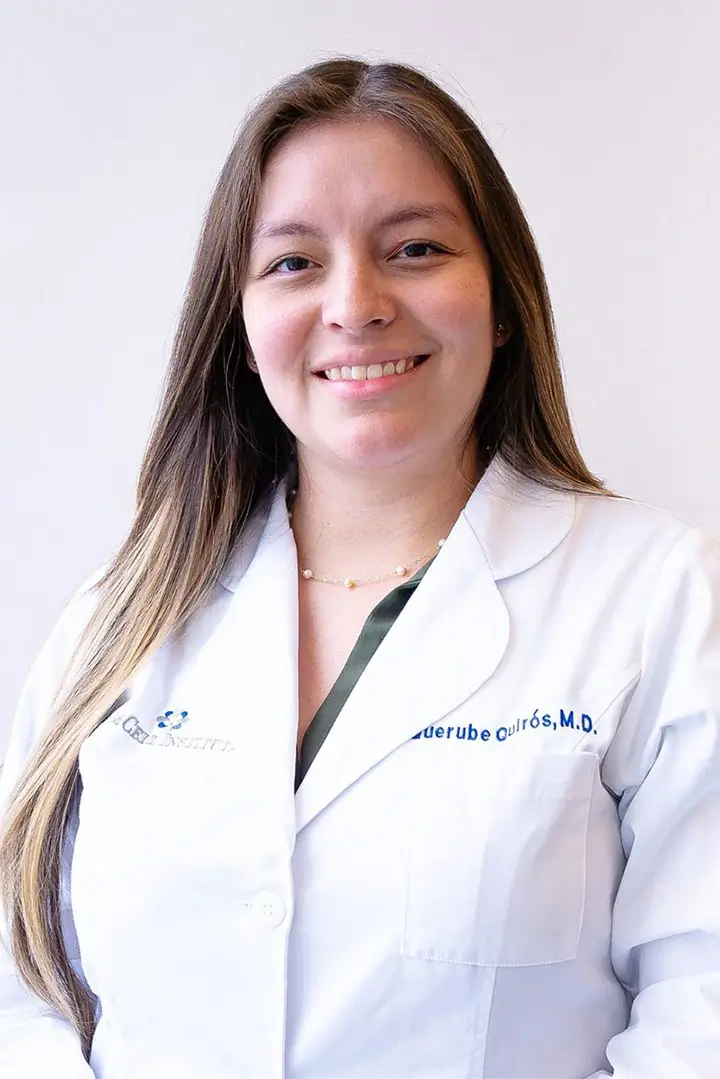Chronic back pain could become a thing of the past thanks to a patients own stem cells. Treatment will be available in three years said a team of researchers from the University of Manchester.
The soft shock-absorbing discs which separate the vertebrae in the spine are being rebuilt using stem cells. The researchers are in route to perfecting the technique.
Affecting around 12 million in the UK, lower back pain is commonly caused by damage to these intervertebral discs (IVD’s).
The UK economy can potentially save as much as £5 billion a year if a treatment can effectively cure the problem.
Using mesenchymal stem cells (MSCs) from adult bone marrow to regenerate spinal discs, the new therapy was developed by Dr. Stephen.
Bone, fat, muscle, and cartilage are among the many different types of tissues that can be grown from the multipotent MSC class of stem cells.
Dr. Stephen has succeeded in turning MSCs into the cells which make up the gel-like nucleus pulposus (NP) tissue separating the vertebrae.
Full patient trials will immediately follow the pre-clinical trials which are planned for next year.
Dr. Stephen said: “Once we have extracted the bone marrow from the patient and have purified the MSCs, they will be grown in culture and our patented method of differentiation will be applied.
“They will then be embedded within a gel which can be implanted back into the patient.”
There is no possibility of the stem cells being rejected by the immune system since they are taken from the patient’s own body.
Similar to one already used for the treatment of cartilage defects, the gel is based on a natural collagen.
It is implanted using an arthroscope, a thin tube device slipped through a small incision in the back.
“There is no reason why a patient should not return home on the same day as the procedure, or the day after,” said Dr. Stephen.
“Once implanted, the differentiated MSCs would produce a new NP tissue with the same properties as the original and would both treat the underlying cause of the disease and remove the painful symptoms.”
A combination of painkillers, physiotherapy, or surgery, is the current medical treatment for low back pain.
Vertebrae are fused together or tissue is removed to relieve the pain in sever cases.
Since the current techniques do not solve the root cause of the problem, success is limited.
Dries, research and information manager at the charity BackCare said that, “this is a really exciting area of research and although it is still early days, the initial results look very promising.”

